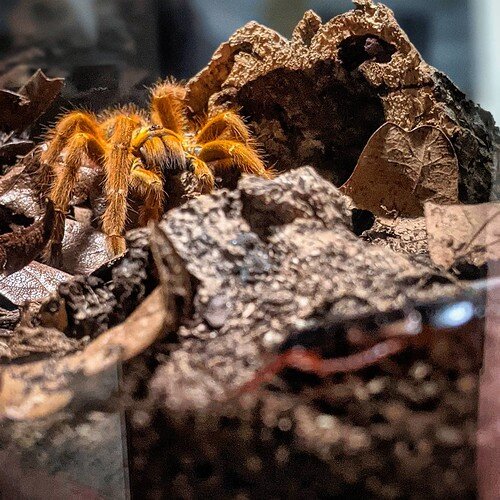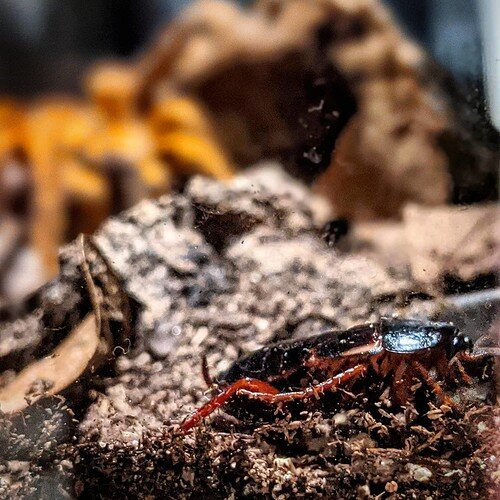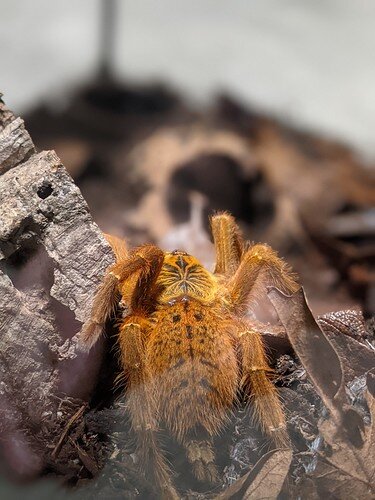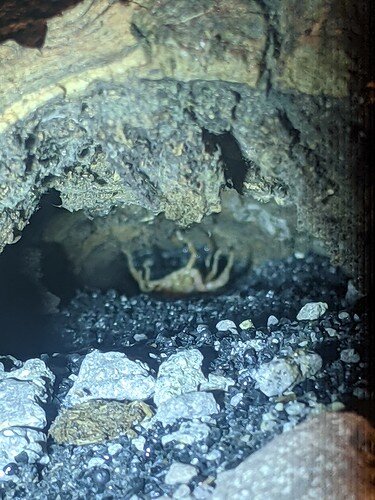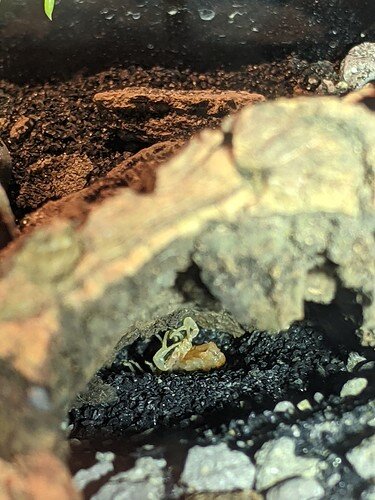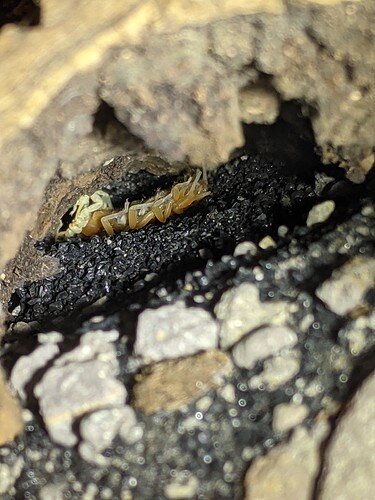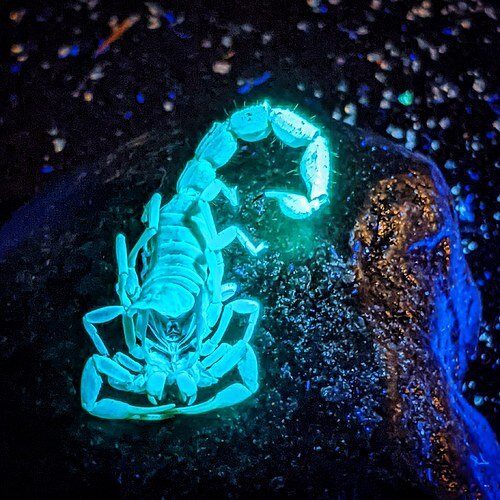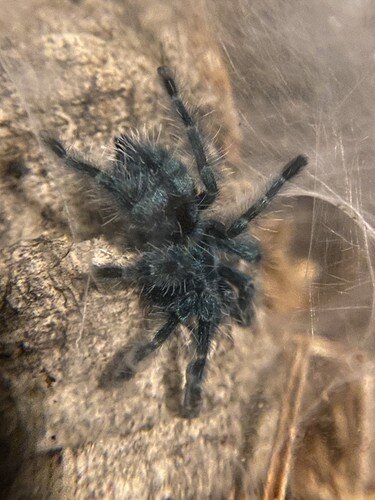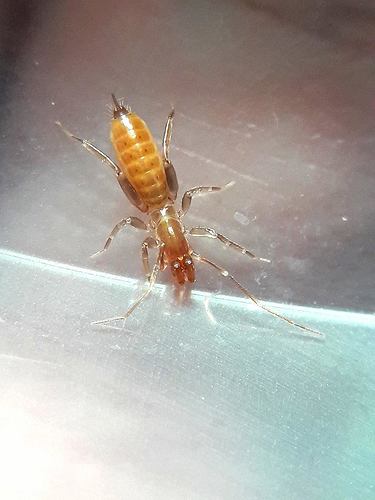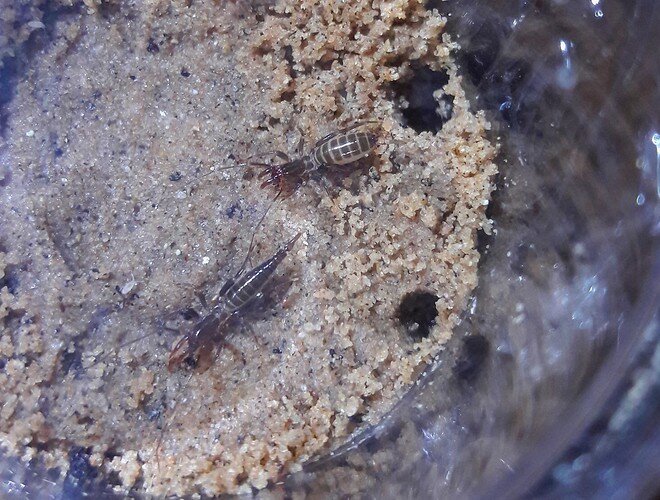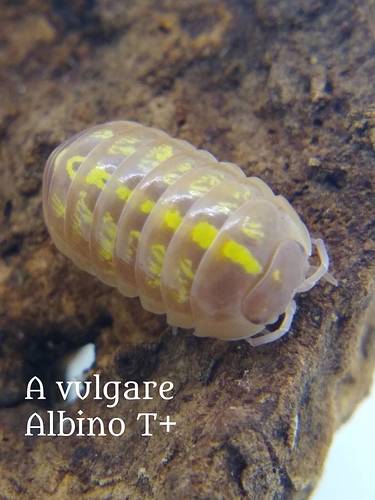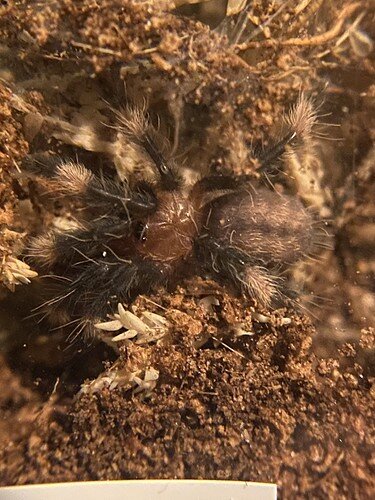For me my fav new worlds are the avics and the C.versicolors which were avics before being reclassified anyway. Old world one of my top dream Ts is the blue pokie aka Poecilotheria metallica aka gooty sapphire. I found a buthid with the typical buthid characteristics that I like but with slightly weaker venom thats still fairly strong overall but not too crazy potent. On this scale of 1-5 1 being weakest 5 being deadliest its about a 2-3 more a 3. Decent compromise…sorta. I get some of what I like in scorps but without the full force deathwish of nearly all my dream scorps. It has strong venom but it doesn’t seem as bad as the other buthids. Assuming these pics I found are accurate and they arent parthenogenic that is…the buthid Lychas mucronatis.
I’ve wondered what the baboon in baboon T meant. Aside from both the T and monkey both claiming Africa home what else can they have in common for the T to have the monkey’s name in its own. I heard something about the T’s legs resembling the monkey’s fingers but I don’t really see it much. Is there another reason why several T species are referred to as baboon T’s?
The strongest theory I’ve come across so far is "(The) species are called baboon (tarantulas) due to their hairy appearance and the black scopulae pads on (their) “feet”, resembling the pads on baboon feet. " (https://www.biodiversityexplorer.info/arachnids/spiders/theraphosidae/index.htm)
And also this. “South Africa has a rich diversity of baboon spiders, represented by eight genera and 44 species of which 35 are endemic to the region. They belong to the family Theraphosidae. These spiders are known as baboon spiders in Africa and they are referred to as tarantulas by the Americans. The common name comes from the hairy appearance of the spider and from the pads of the spider’s “feet” which resemble the colour and texture of that of a baboon’s finger.” (https://www.sanbi.org/animal-of-the-week/8246/#:~:text=These%20spiders%20are%20known%20as,that%20of%20a%20baboon’s%20finger.)
So this happened the other day! Quality isn’t all there, my apologies for that, but I caught one of my Parabuthus Capensis Orange molting.
Just wondering but when scorps molt I imagine their stinger has to take some time to harden kinda like a T’s fangs. Am I correct to think that? Also can you accidentally sting yourself with the molt so to speak and possibly envenomate yourself (assuming some venom is still left in the molt’s sting)
I’m not really sure if you can sting yourself with a molted stinger, at the very least I don’t believe any venom would remain in the exuvia, but yes, they do have to sclerotise after molting, similar to tarantulas.
One of my current two projects is breeding schizomida (hubbardia pentapeltis). I have three females brooding atm, one of the broods has developed into first-instar nymphs.
My second project is breeding the neon high desert morph of phidippus nikites.
I know phidippus is a jumping spider genus…but what are these schizomida things? They look like a weird mix between an arachind like those camel spider things and I almost wanna say a termite kinda thing.
Short-tailed whipscorpions, they’re closely related to vinegaroons and also possess an acetic acid spray. They are currently in the order ‘Schizomida’ but will likely be moved to Uropygi in the future IMO.
I like to call them “Minigaroons” 
Here’s a shot i took of the schizomid nymphs- they will disperse shortly after reaching i2. This sand is very fine dune sand, just to get an idea of how tiny these nymphs are. Before even thinking about breeding these you’ll need a good mature springtail colony full of juvenile springs.
